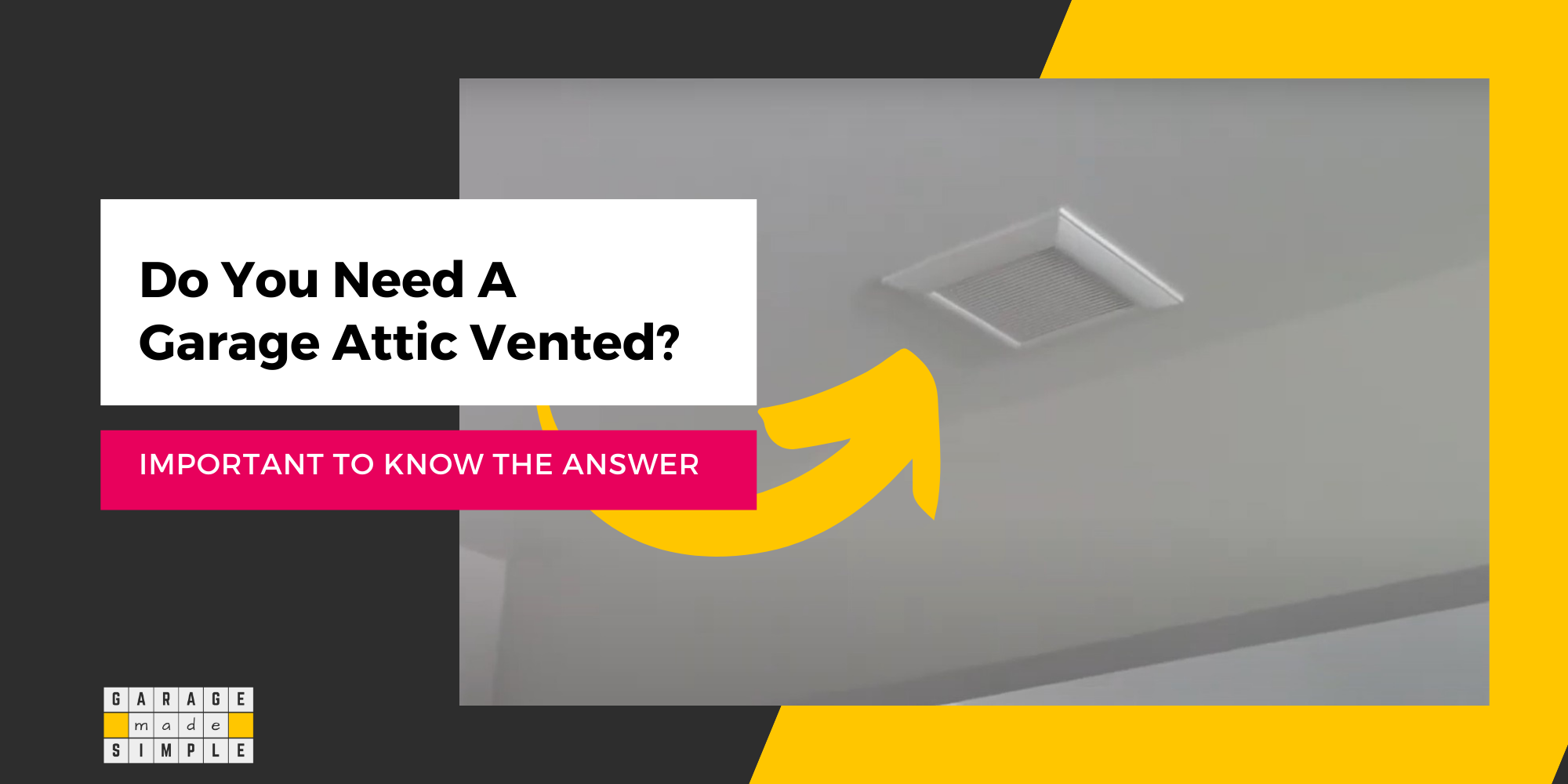Do Garage Outlets Need GFCI and AFCI? (Absolutely Worth It!)
As an Amazon Associate, I earn from qualifying purchases.
Do Garage Outlets Need GFCI and AFCI?
Electrical terminology and abbreviations can be quite confusing if you are not a professional electrician. You have heard about GFCI and AFCI. But what are they really and do garage outlets need GFCI and AFCI?
Your garage needs both GFCI and AFCI protection. All garage receptacles (outlets) must be GFCI protected, as per code. AFCI protection for the garage branch circuit, on the other hand, is provided by installing an AFCI breaker in the main panel of the house or the subpanel in the garage.
GFCI and AFCI are both electrical safety features, but they have different functions. As such one can not be used as a replacement for the other. For safety and as per code, both must be installed.
Section 210.8 of 2023 National Electric Code (NEC) Ground-Fault Circuit-Interrupter Protection for Personnel requires that all 125-volt, single-phase, 15- and 20-ampere receptacles (outlets) shall have ground-fault circuit-interrupter protection for personnel.
Some argue that AFCI is not required for a garage, by code, as the 14 locations listed in Section 210.12 (B) does not include the term “garage”. However, the 14th item on the list, “similar areas”, can be interpreted to include garages.
When in doubt, play safe or comply with the local building code. Installing an AFCI breaker does cost a bit more but offers far more protection against electrical fires, when compared to a standard breaker.

GFCI vs AFCI: What is the Difference?
GFCI is an abbreviation of Ground-Fault Circuit Interrupter. It is installed to protect from electrical shocks.
GFCI can literally make the difference between life and death. GFCI is designed to shut off the circuit instantaneously when the current leaking to the ground exceeds 6 milliamps.
This protects personnel from risk of electric shock and in the worst case death by electrocution.
GFCI outlets are required by code whenever the electrical outlet is in an environment which is humid, damp or wet. Some locations where GFCI outlets are absolutely required are kitchen, bathroom, laundry room, basement, garage, etc.
AFCI is an abbreviation of Arc-Fault Circuit Interrupter. It is installed to protect from electrical fires.
Electric wires, when overloaded, can get hot enough to melt the insulation and cause fires. A fuse or a standard breaker can be used to trip the circuit whenever the current (amps) exceeds a predetermined level.
Sparking (arcing) across loose terminals or bad connections in a circuit can also cause electrical fires.
An AFCI constantly monitors the current flow to detect any abnormal arcing conditions. The circuit is switched off if the AFCI detects a potentially dangerous arcing condition.
Generally, you want to install an AFCI as a breaker but a GFCI as a receptacle.
Do I Need a GFCI Outlet If I Have a AFCI Breaker?
Yes. You do need GFCI outlets in addition to an AFCI breaker. GFCI outlets are an absolute must in areas that can get humid, damp or wet. Garages are specifically listed in section 210.8 (A) (2) of the 2023 NEC code.
An AFCI breaker protects your home from the risk of electrical fires caused by arc faults. However, it does not protect against ground faults.
It is possible to have ground faults even when there are no potentially dangerous arc faults. Only GFCI can protect against ground faults. Ground faults can result in electric shock or even electrocution.
For most safety from electrical hazards and peace of mind you must have GFCI outlets in addition to an AFCI breaker.
Is It Better to Use a GFCI Outlet or Breaker?
Using a GFCI outlet is better than using a GFCI breaker.
- In case of a ground fault in the branch circuit, a GFCI outlet allows you to quickly identify the location. You can then either fix the problem or replace the GFCI outlet.
- A GFCI breaker will trip the entire downstream circuit. At night all the downstream lights will go out, making your job of identifying & fixing the problem really hard.
- The problem can be really compounded if the GFCI breaker is in the main panel of the house but the downstream outlets are outside, such as a detached garage.
Can an Outlet Be Both AFCI and GFCI?
Yes. Dual Function AFCI/GFCI receptacles (outlets) and circuit breakers are available. So it is possible to have garage outlets that have both GFCI and AFCI.
Here is an example of a Dual Function AFCI/GFCI Receptacle from Leviton.

And this is an example of a Dual Function AFCI/GFCI Circuit Breaker from GE.

DISCLAIMER: What Is the Safest Way to Handle Electrical Wires?
This post is for information only. I strongly recommend that all electrical work should be entrusted to licensed professional electricians. In case you do decide to do some of the work yourself, make sure that:
“Treat all electrical wiring, even “de-energized” ones as if it is live, unless it has been locked out and tagged”
You must follow the basic safety guidelines:
- Use protective eyewear, especially when drilling or grinding metal
- Wear insulated rubber gloves when working on any circuit or branch circuit
- Always use insulated tools while working with electricity
- De-energize the electrical wires on which you will be working. Tag the circuit breaker to prevent someone from switching it on accidentally
- Electrical wiring in wet or damp locations or underground must be within a PVC conduit
- Underground wiring conduits should be at least 18 inches below grade as per code
- All receptacles for equipment that could be in wet or damp locations should be equipped with Ground Fault Circuit Interrupter (GFCI)
- Never use old frayed cables, damaged insulation, or broken plugs
- High-voltage equipment should be properly grounded to ensure electricity flows directly to the ground and not through the person in contact with the live wire
Thank you very much for reading the post. I do hope you found it informative and useful.






